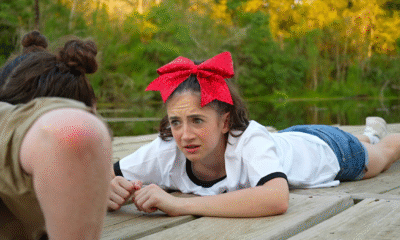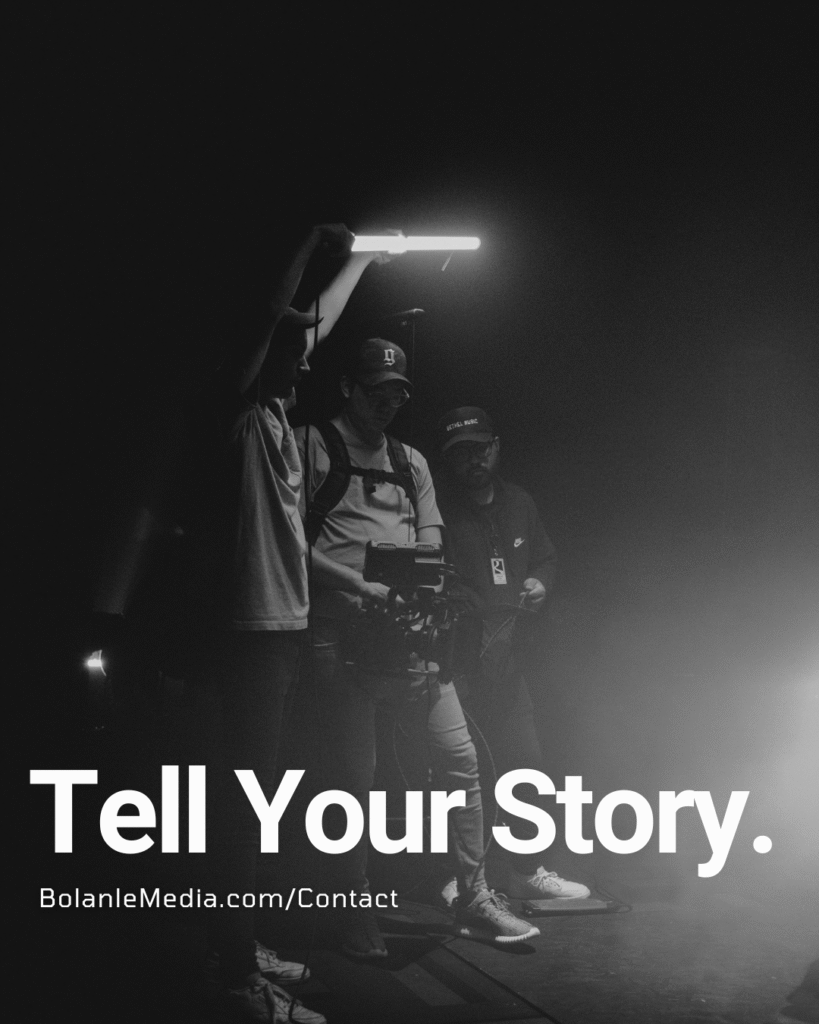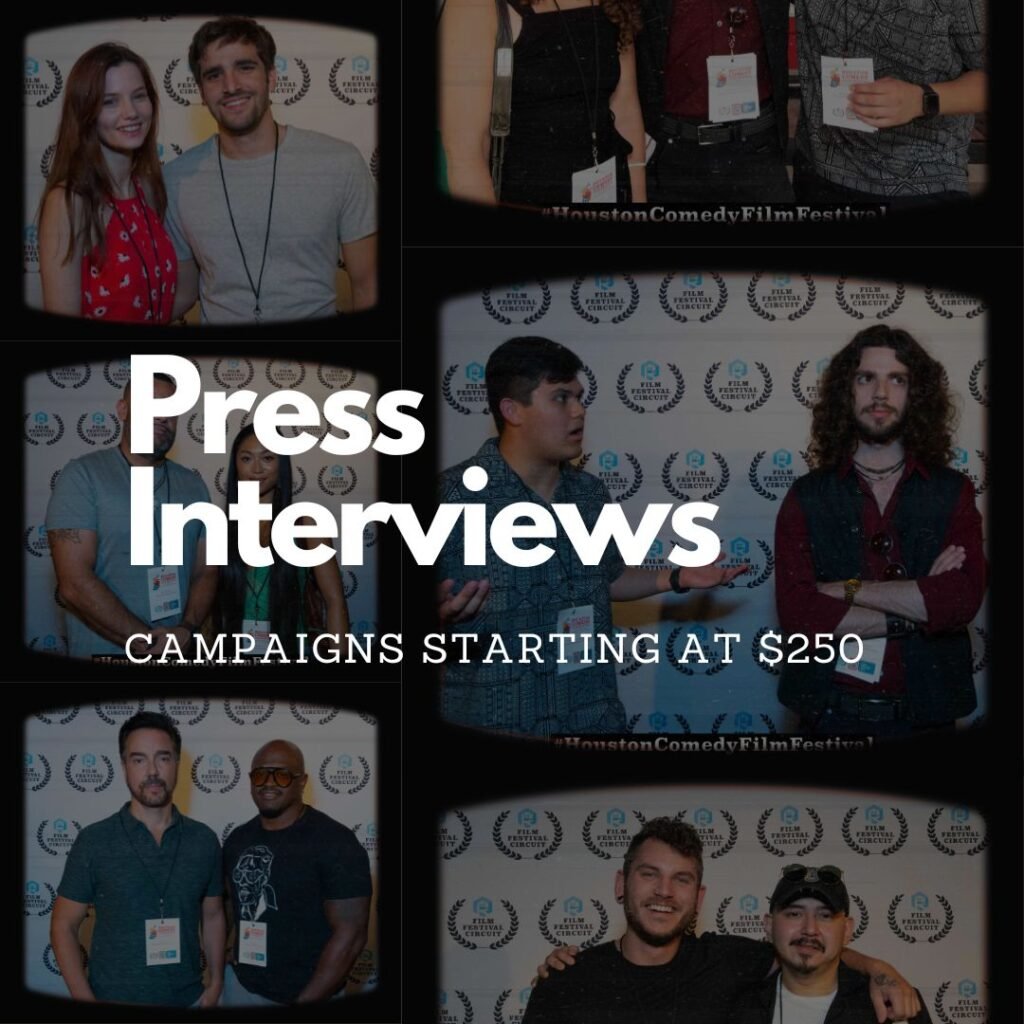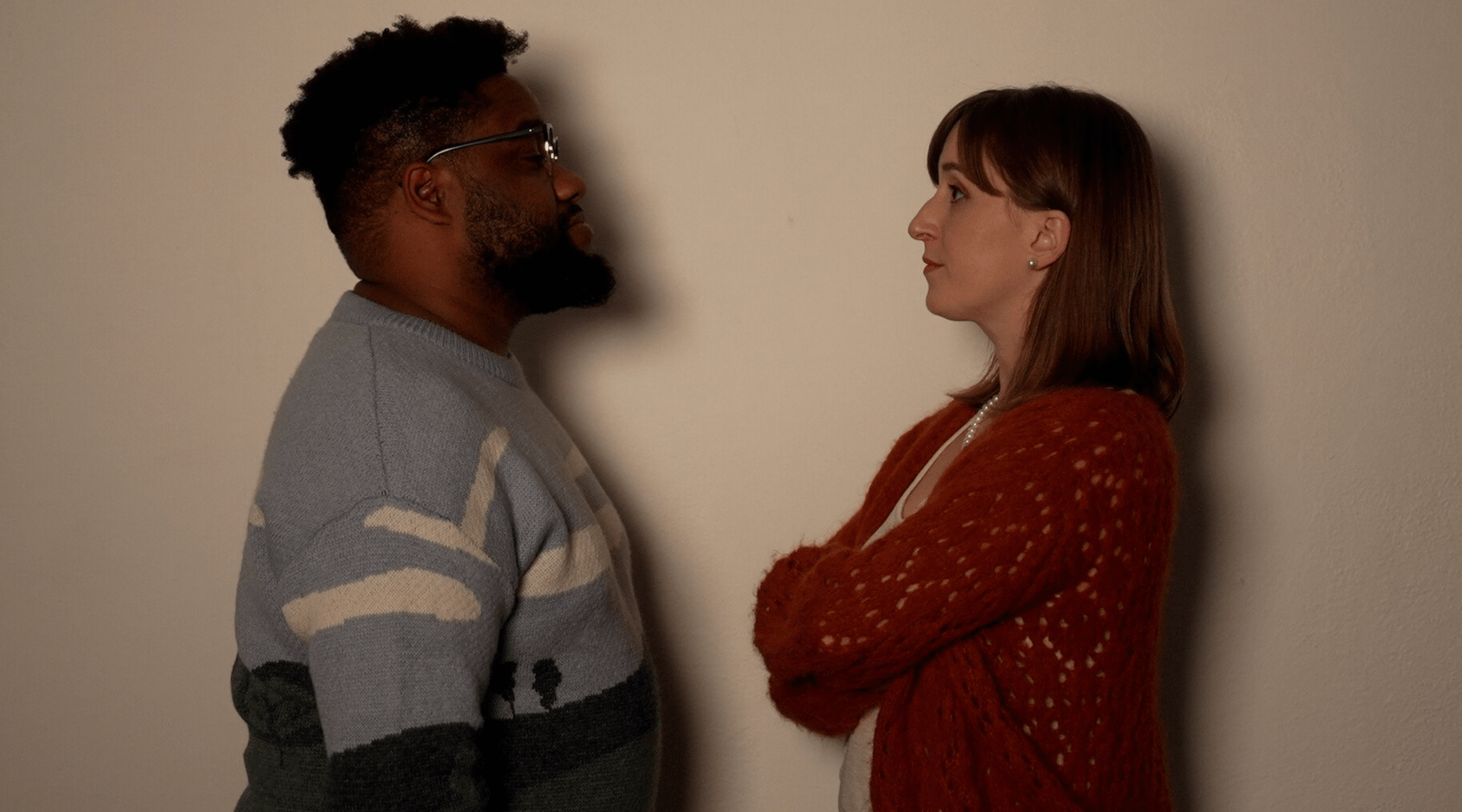Advice
Building On-Screen Cast Chemistry in Film
The Casting Process: Finding the Right Fit
The casting process plays a pivotal role in film production, as it determines the actors who will bring characters to life on screen. Initially, directors and casting agents analyze the script to identify the specific traits and skills required for each role. This involves a detailed understanding of the characters’ complexities and how they interact within the storyline. By establishing clear character descriptions, casting professionals can begin the search for actors whose talents align with the narrative’s demands.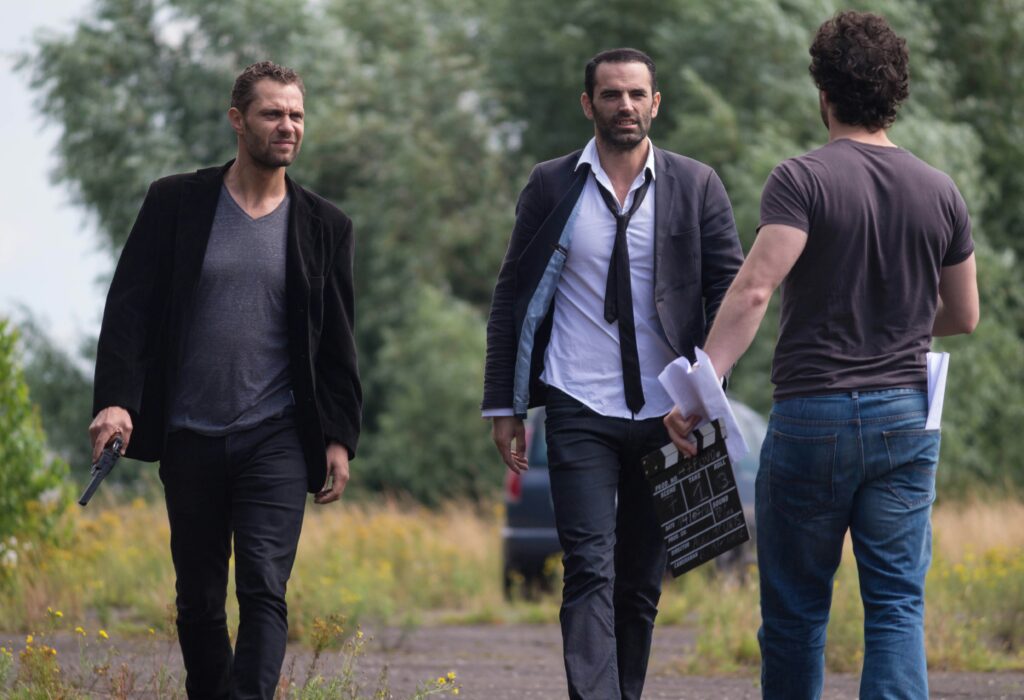
Auditions and callbacks are critical components of this process. During auditions, actors present their interpretations of characters, showcasing their artistry and suitability for the roles. Directors often use this opportunity to observe not only the technical skills of each actor but also their ability to convey the emotional depth required. Callback sessions further refine the selection process, allowing directors to compare actors and assess their compatibility with existing cast members. This is where chemistry reads become particularly valuable, as they help gauge the on-screen dynamic between potential co-stars.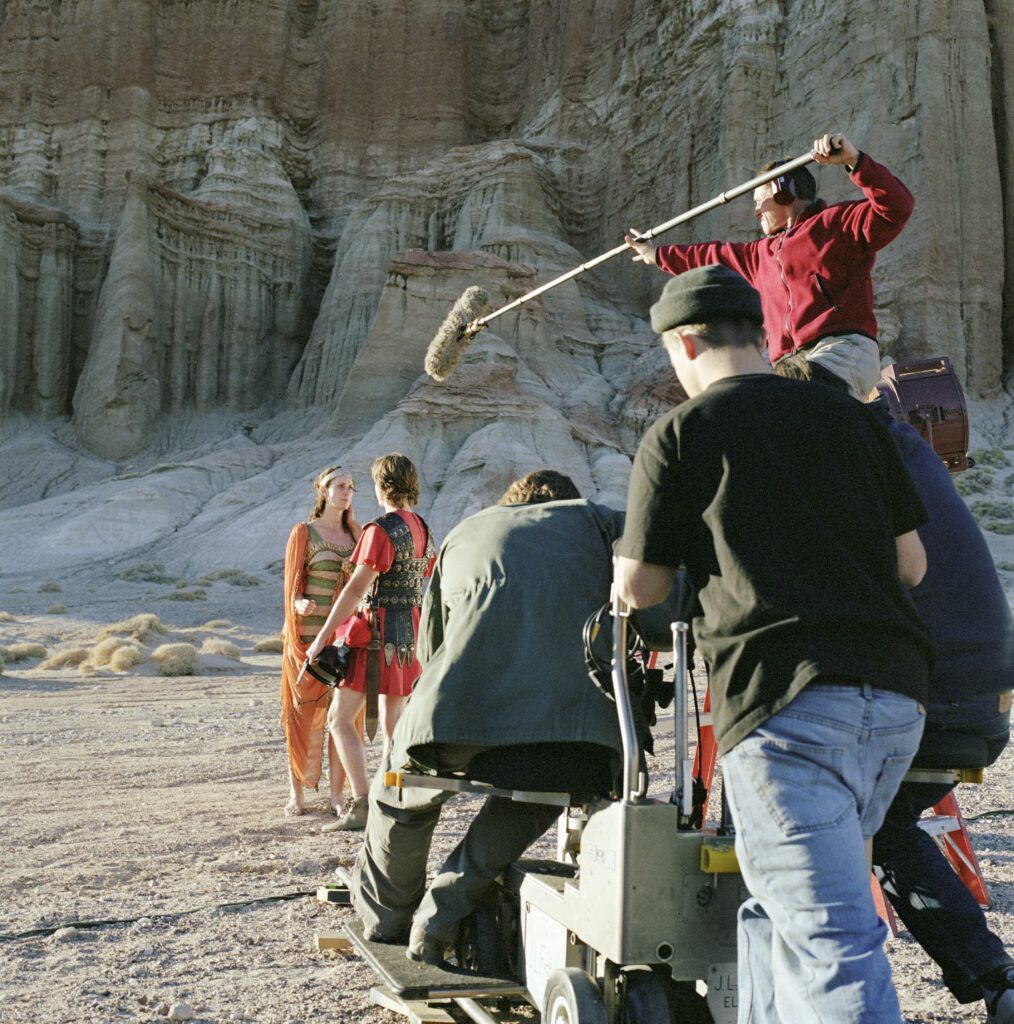
Diversity and representation are essential elements in modern casting practices. Directors and casting agents must strive to include actors from various backgrounds, as this enriches storytelling and fosters a more authentic representation of society. By considering different perspectives and experiences during casting, filmmakers can create a more relatable and inclusive narrative. To enhance genuine connections among actors, casting directors should facilitate workshops or group auditions. These settings allow individuals to interact and develop rapport, resulting in stronger on-screen chemistry.
In conclusion, the casting process is more than just filling roles; it is about assembling a team of actors who can collectively bring a vision to life. The integration of auditions, chemistry reads, and a focus on diversity contributes to the dynamic and authentic portrayal of characters that audiences seek in film.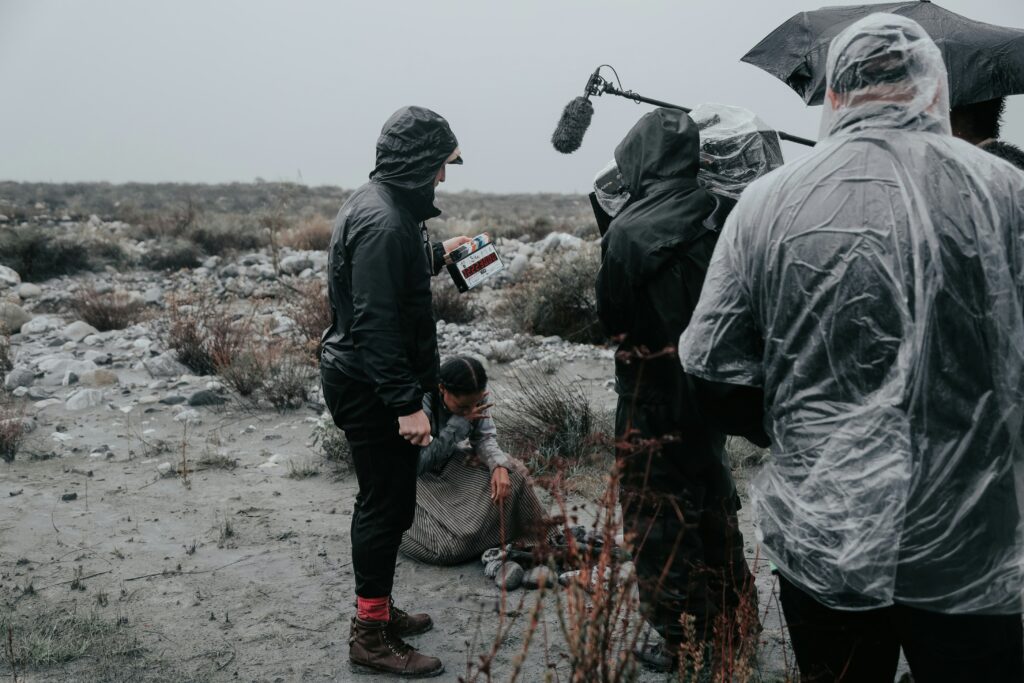
Building On-Screen Chemistry: Techniques and Tools
Creating authentic on-screen chemistry between actors is an essential component of engaging film storytelling. Filmmakers employ various techniques to cultivate this dynamic, beginning with rehearsal strategies. By utilizing improvisation exercises, actors can explore their characters in organic ways, breaking down barriers that may hinder natural interactions. These exercises encourage spontaneity and collaboration, ultimately fostering a comfortable atmosphere that allows performers to respond to each other in real-time.
Character-building workshops serve as another critical method where actors delve deeper into their roles. These workshops emphasize understanding the backstories and motivations of each character, enabling the cast to cultivate a shared narrative. This holistic approach helps actors align their performances, leading to a more cohesive on-screen portrayal. As the actors develop their characters collaboratively, the chemistry emerges more organically, producing interactions that resonate with authenticity.
The role of directors in shaping these relationships cannot be overstated. A director’s vision helps guide the actors in exploring their dynamics effectively. Through constructive feedback and collaborative discussions, directors can facilitate a dialogue about character relationships and ensure that their portrayals reflect the desired narrative tone. Additionally, rehearsals led by the director can help actors practice specific scenes, encouraging them to engage deeply with their counterparts and build trust.
Furthermore, cinematographic techniques significantly enhance the representation of on-screen chemistry. Choices regarding camera angles, framing, and lighting can amplify the emotional resonance between characters. Close-up shots, for instance, allow viewers to connect with the subtleties of the actors’ expressions, providing insight into their relational dynamics. When combined with the psychological aspects of acting, such as empathy and emotional intelligence, these elements create a compelling visual narrative that effectively captures and communicates the chemistry between characters.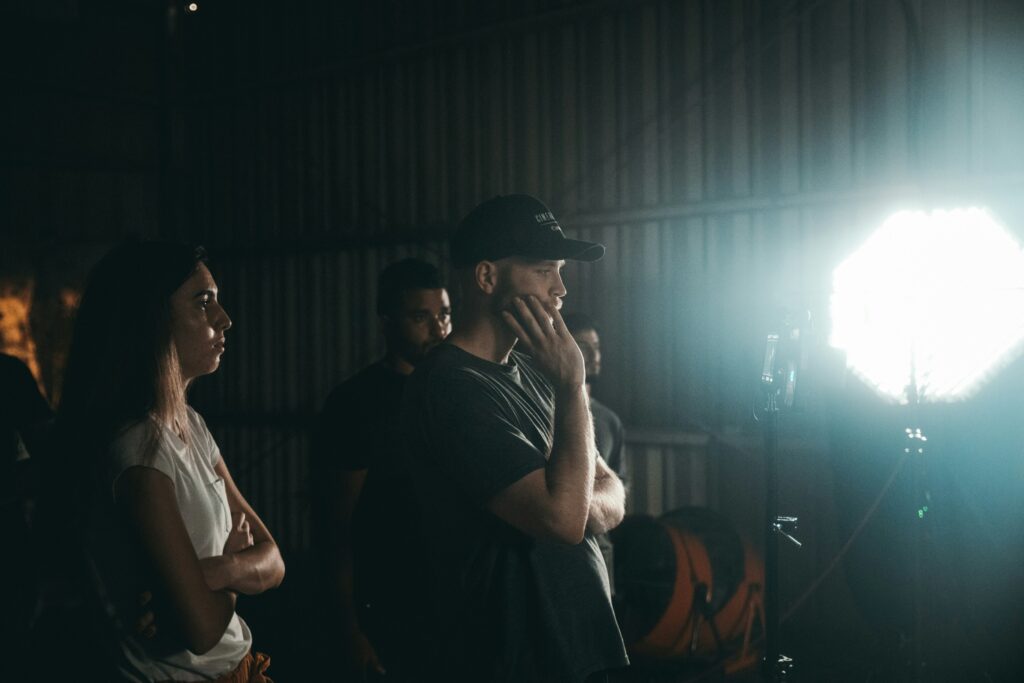
The Dynamics of Different Relationships: Lovers, Rivals, and Friends
In the realm of filmmaking, the portrayal of relationships significantly influences both audience engagement and narrative effectiveness. Different relationship dynamics, such as romantic couples, adversaries, and close friends, each present unique challenges and opportunities for actors to develop chemistry. The authenticity of these interactions is vital, as it allows viewers to connect emotionally with the characters and the story being told.
Romantic relationships in film often require a delicate balance of tension, vulnerability, and attraction. Actors portraying lovers must delve into the complexities of intimacy, ensuring their interactions resonate as genuine. Film examples like “La La Land” showcase how nuanced performances between Ryan Gosling and Emma Stone effectively convey the joys and struggles of love, drawing the audience into their emotional journey. Chemistry in such relationships is crucial; it can elevate a narrative from a simple love story to a profound exploration of human connection.
Conversely, rivalries in film may highlight conflict, competition, or even deep-seated animosity. Films such as “The Social Network” explore the fierce dynamic between rivals, portraying it through sharp dialogue and intense performances. Actors portraying adversaries must convincingly embody their characters’ motivations and stakes, translating that animus into palpable tension on screen. The chemistry between rivals doesn’t solely rely on overt conflict; it often thrives on an undercurrent of mutual respect, making for a captivating viewing experience.
Friendships, on the other hand, offer realms of comedic relief and emotional support within narratives. Successful films like “The Intouchables” reflect the unique chemistry between friends, showcasing the warmth and authenticity of their interactions. This dynamic often requires a lighter touch, with actors needing to embody sincerity and humor that reflect genuine camaraderie. The rapport established among actors can significantly enhance how audiences perceive these relationships.
Each relationship dynamic—lovers, rivals, or friends—demands a tailored approach to actor interaction and chemistry-building. Successful films that master these dynamics contribute to storytelling richness, significantly impacting viewer engagement and the overall cinematic experience.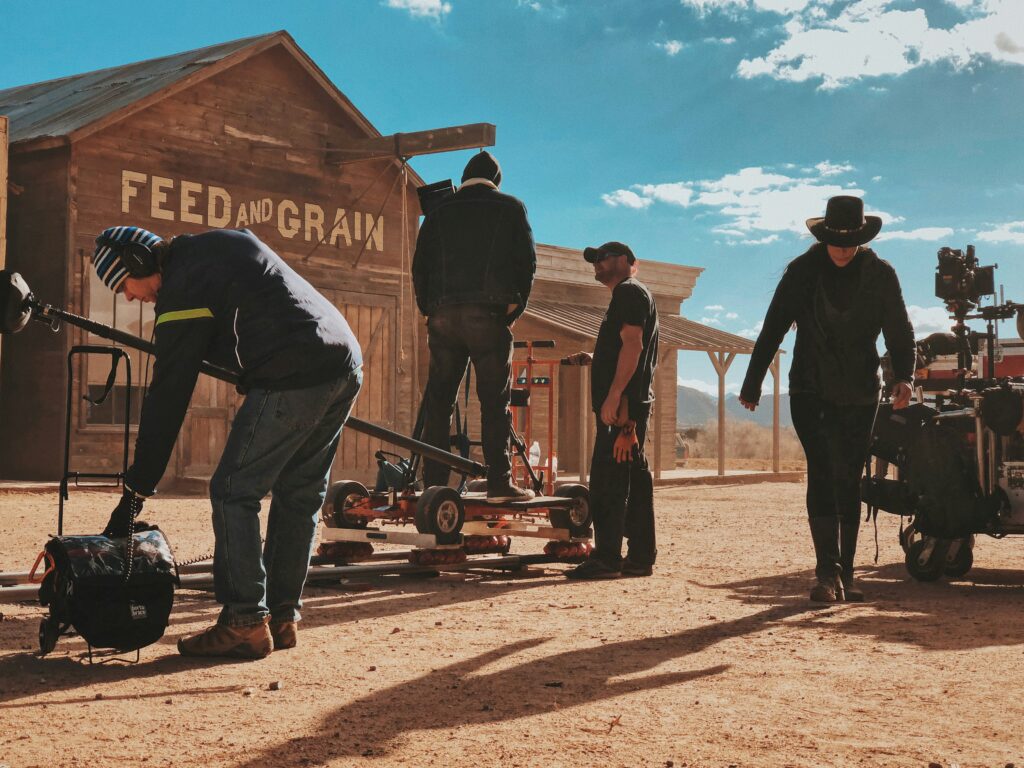
Challenges and Solutions: Navigating Cast Chemistry Issues
Creating chemistry among cast members is pivotal in film production, yet it frequently presents challenges. Conflicting personalities can lead to tension on set, which hampers the creative process and ultimately affects the film’s quality. Individual differences in acting styles may also result in a lack of rapport, creating a disconnect between characters that is palpable to audiences. Thus, recognizing and addressing these issues early in the production timeline is essential for fostering a cohesive unit.
To overcome these challenges, several strategies can be implemented. One effective approach is to engage cast members in team-building activities that promote trust and understanding. Such activities can range from improvisational exercises to social outings, helping actors to see beyond their characters and develop personal bonds. Additionally, collaborative workshops can serve to align differing acting styles, ensuring that actors have a shared vision of their roles. These environments not only allow for exploration of character dynamics but also permit actors to voice their concerns regarding interpersonal relationships. Indeed, strong communication among cast and crew is crucial for maintaining harmonious dynamics throughout the production process.
Real-world examples illustrate the efficacy of these strategies. For instance, during the filming of a well-known romantic comedy, the lead actors faced significant difficulties due to contrasting personalities. The director instituted daily team-building sessions that included games and trust exercises, which ultimately led to improved on-screen chemistry and a deeper understanding of the characters they portrayed. Another example can be found in a dramatic ensemble piece where divergent acting techniques initially caused friction. The cast engaged in collaborative rehearsals, allowing the actors to harmonize their performances. These interventions transformed their challenges into strengths, culminating in a captivating film that resonated with audiences. Addressing cast chemistry issues proactively can not only mitigate conflicts but also enhance the overall production experience.
Bolanle Media is excited to announce our partnership with The Newbie Film Academy to offer comprehensive courses designed specifically for aspiring screenwriters. Whether you’re just starting out or looking to enhance your skills, our resources will provide you with the tools and knowledge needed to succeed in the competitive world of screenwriting. Join us today to unlock your creative potential and take your first steps toward crafting compelling stories that resonate with audiences. Let’s turn your ideas into impactful scripts together!
Advice
How AI Is Forcing Everyone Into the Entrepreneur Game
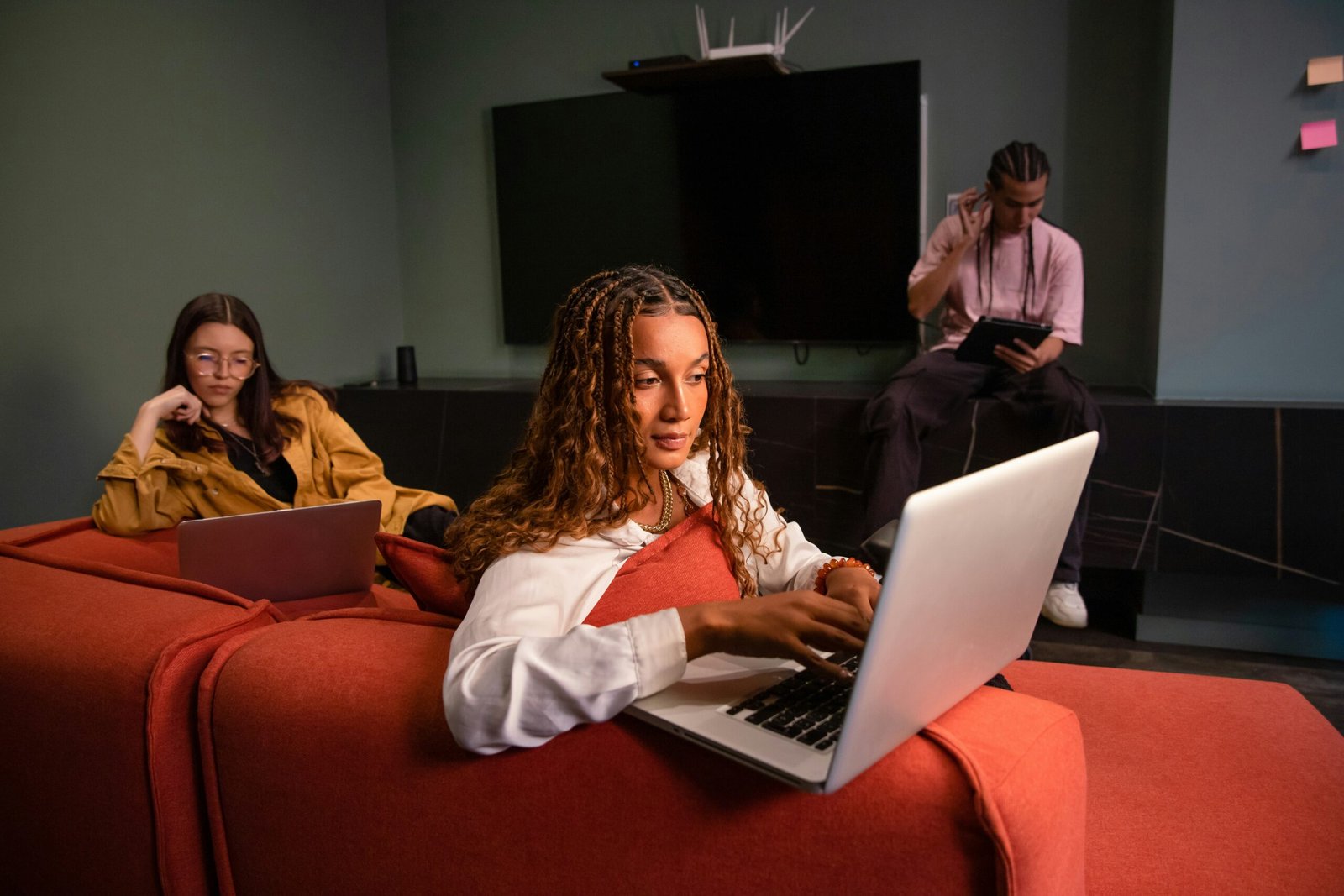
Remember when having an ordinary job felt safe? Those days are over. The arrival of artificial intelligence isn’t just automating tasks—it’s blowing up the very idea of job security and ushering in an era where adaptability and entrepreneurship aren’t optional, they’re survival skills. Welcome to the new game. Average is automated, and now, everyone needs to think—and act—like an entrepreneur.
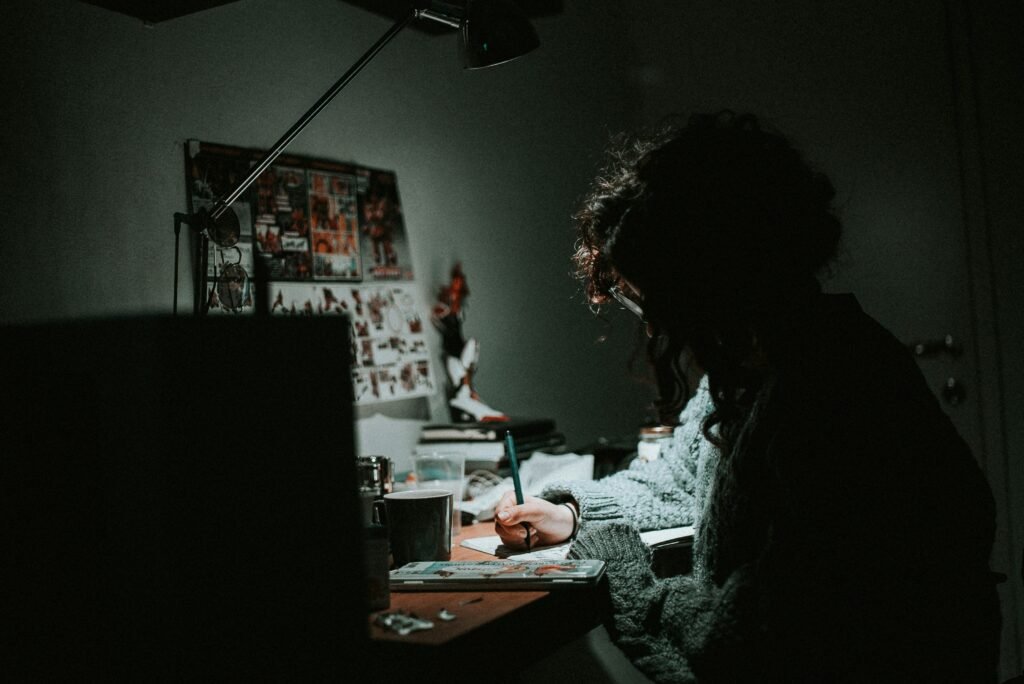
AI Isn’t Coming—It’s Already Here (And It’s Taking Jobs)
It’s not sci-fi anymore. By 2025, AI and automation are expected to displace as many as 85 million jobs worldwide, from customer service roles to entry-level tech positions, with 13.7% of U.S. workers already reporting being replaced by robots or AI-driven systems. Young people are especially hard-hit: tech unemployment among 20- to 30-year-olds has jumped 3% this year alone in AI-exposed roles. And the impact isn’t slowing down. Analysts say up to 60% of jobs in advanced economies could see tasks automated in the near future, with 30% of workers fearing outright replacement.
Why Average Isn’t Enough Anymore
The old industrial world ran on “the bell curve”—reliably rewarding the middle. If you were competent, you were comfortable. But in the digital age, AI is programmed to do average things perfectly and instantly. Now, the top 10%—the specialists, the creators, the difference-makers—snap up 90% of the rewards, while the rest get left behind.

Enter: The Entrepreneur Game
Here’s the twist: being entrepreneurial isn’t just about starting a business. It’s about building a personal brand, mastering a specialty, and continually learning or creating something valuable that AI can’t easily duplicate. Tech isn’t killing opportunity—it’s changing what it looks like.
- 20 million Americans now expect to retrain for new, more creative or tech-forward careers in the next three years.
- The fastest-growing “jobs” are digital and entrepreneurial: creators, consultants, coaches, prompt engineers, content strategists, AI-human collaboration experts, and niche community builders.
- Nearly half of companies that adopted AI are now automating roles, but they’re also creating demand for new skills and products almost overnight—a perfect playground for entrepreneurial thinking.
Survival Guide: How to Play (and Win) the New Game
- Pick Your Niche: Get laser-specific. Being “good at business” is out. Being the best at “helping consultants automate YouTube marketing with AI tools” is in—and global.
- Build Digital Assets: Write, film, code, design, research—create things that can scale, sell, and build your brand, wherever you are.
- Stay Adaptable: Reskill, upskill, and don’t be afraid to jump into new industries. Today’s winners are the ones who can pivot quickly and ride the next wave, not cling to what worked last year.
- Own Your Audience: Whether it’s a newsletter following, a YouTube channel, or a private Slack group, your future depends on connecting with people who value what you do—AI can’t compete with real, human influence.
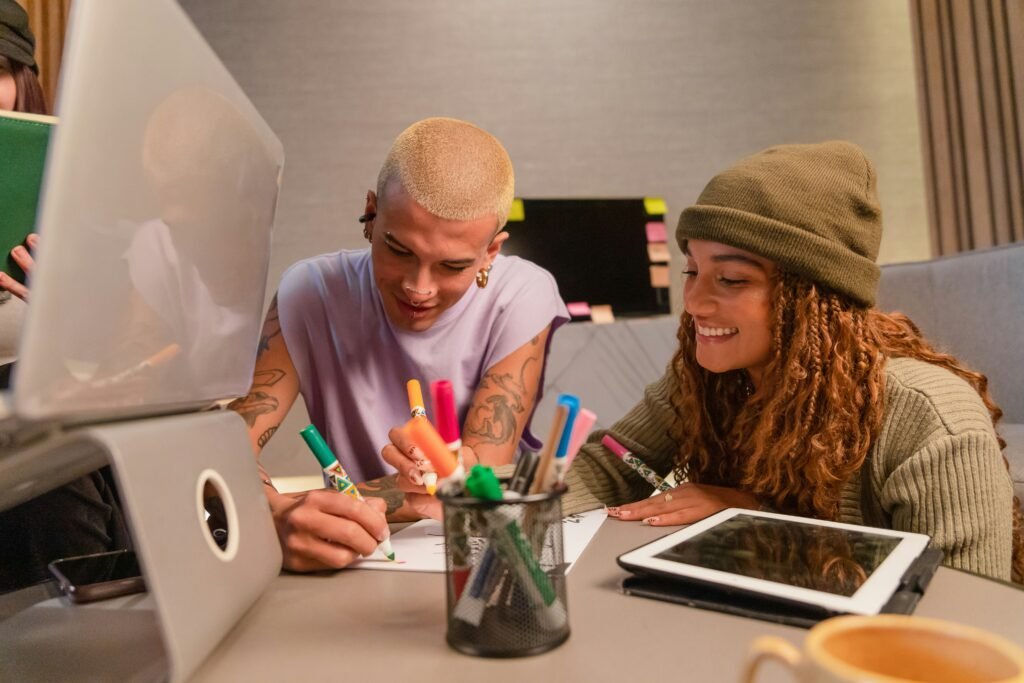
Bottom Line
AI didn’t just move the goalposts—it changed the field. Being “average” is now a risk, not a guarantee. The winners in this new economy aren’t waiting for work to come to them—they’re proactively creating, collaborating, and cashing in on the skills, products, and experiences AI can’t touch. The entrepreneur game isn’t just for founders anymore. Ready or not, it’s for everyone.
Advice
How to Make Your Indie Film Pay Off Without Losing Half to Distributors
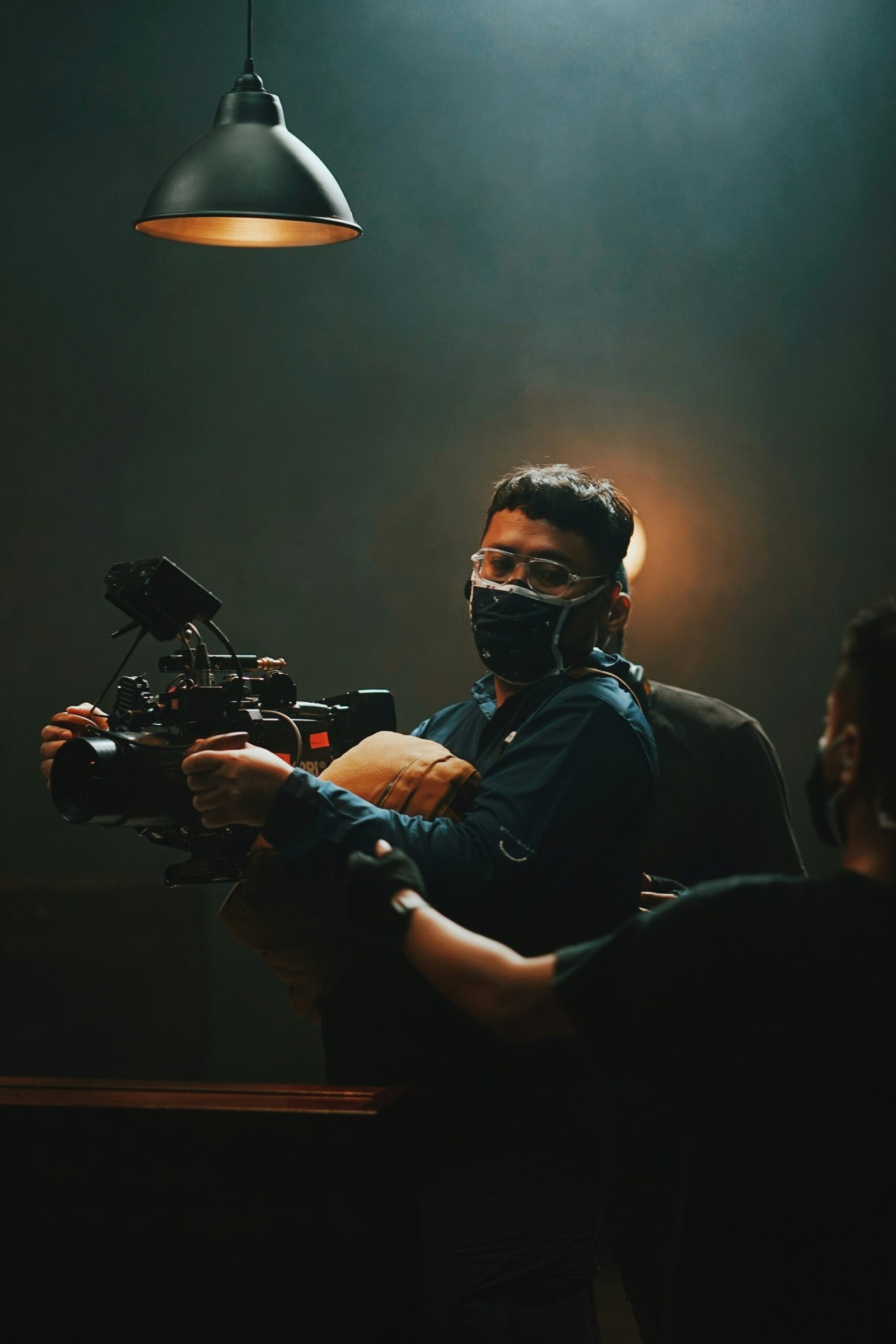
Making an independent film is often a labor of love that can take years, countless hours, energy, and a significant financial investment. Yet, for many indie filmmakers, the hardest part is recouping that investment and making money once the film is finished. A common pitfall is losing a large portion of revenue—often half or more—to sales agents, distributors, and marketing expenses. However, with the right knowledge, strategy, and effort, indie filmmakers can maximize their film’s earnings without giving away so much control or profit.

Here is a comprehensive guide to keeping more of your film’s revenue and ensuring your film gets the audience and financial return it deserves.
Understanding the Distribution Landscape
Most indie filmmakers traditionally rely on sales agents and distributors to get their films to audiences. Sales agents typically take 15-20%, and distributors can take another 20-35%, easily cutting your revenue share by half right from the start. Additionally, marketing costs that may be deducted can range from a few thousand to upwards of $15,000, further eating into profits. The accounting is often opaque, making it difficult to know how much you truly earned.
Distributors nowadays tend to focus on worldwide rights deals and use aggregators to place films on streaming platforms like Amazon, Apple TV, and Tubi. These deals often do not fetch the best revenue for most indie filmmakers. Many distributors also do limited outreach, reaching only a small number of potential buyers, which can limit the sales opportunities for your film.
Becoming Your Own Sales Agent
One of the most important shifts indie filmmakers must make today is to become their own sales agents. Instead of relying entirely on intermediaries, you should learn the art and business of distribution:
- Research and build an extensive list of distributors worldwide. Top filmmakers have compiled lists of hundreds of distributors by country and genre. Going wide increases your chances of multiple revenue deals.
- Send personalized pitches to hundreds of distributors, showcasing your finished film, cast details (including social media following), genre, logline, and trailer. Ask if they want to see the full feature.
- Don’t settle for a single distributor or a big-name company that may not prioritize your film. Instead, aim for multiple minimum guarantees (MGs) from niche distributors in individual territories like Germany, Japan, and the UK.
- Maintain transparent communication and track every outreach effort carefully.

Pitching and Marketing Tips
When pitching your film:
- Highlight key genre elements and target audience since distributors are often risk-averse and look for specific film types.
- Include social media metrics or fanbase counts, which can make your film more attractive.
- Provide a strong one-minute trailer and a concise logline.
- Be prepared for rejections; even a 5% positive response rate is success.
Marketing is also crucial and can’t be left solely to distributors. Understanding and managing your marketing efforts—or at least closely overseeing budgets and strategies—ensures your film stands out and reaches viewers directly.
Self-Distribution and Hybrid Models
If traditional distribution offers no appealing deals, self-distribution can be a viable option:
- Platforms like Vimeo On Demand, Amazon Prime Direct, and YouTube allow you to upload, price, and market your film directly to audiences while retaining full creative and revenue control.
- Aggregators like Filmhub and Quiver help place self-distributed films on multiple streaming services, often for a reasonable fee or revenue share.
- The hybrid distribution model combines some traditional distribution deals with self-distribution, maximizing revenue streams, audience reach, and control over your film’s destiny.
Takeaway: Be Proactive and Entrepreneurial
The indie filmmaking world is now as much about entrepreneurship as artistry. Knowing distribution essentials, taking ownership of your sales process, and actively marketing your film are no longer optional—they are key for financial success.
By investing time in outreach, exploring multiple territories, securing minimum guarantees, and considering hybrid or self-distribution approaches, indie filmmakers can keep more of their earnings, increase their film’s audience, and avoid being sidelined by opaque deals and slim returns.
The days of handing your film over to a distributor and hoping for the best are gone. The winning formula today is to be your own sales agent, marketer, and advocate—empowered to make your indie film pay off.
Advice
How to Absorb Books 3x Faster in 7 Days

Reading is one of the most powerful skills you can develop — but most people read far slower than they could, spend time on information that doesn’t matter, and then forget what they read a week later. The Triforce Method changes that. It’s a three-part strategy that helps you increase your reading speed, focus on the most important details, and actually remember and use what you’ve learned.
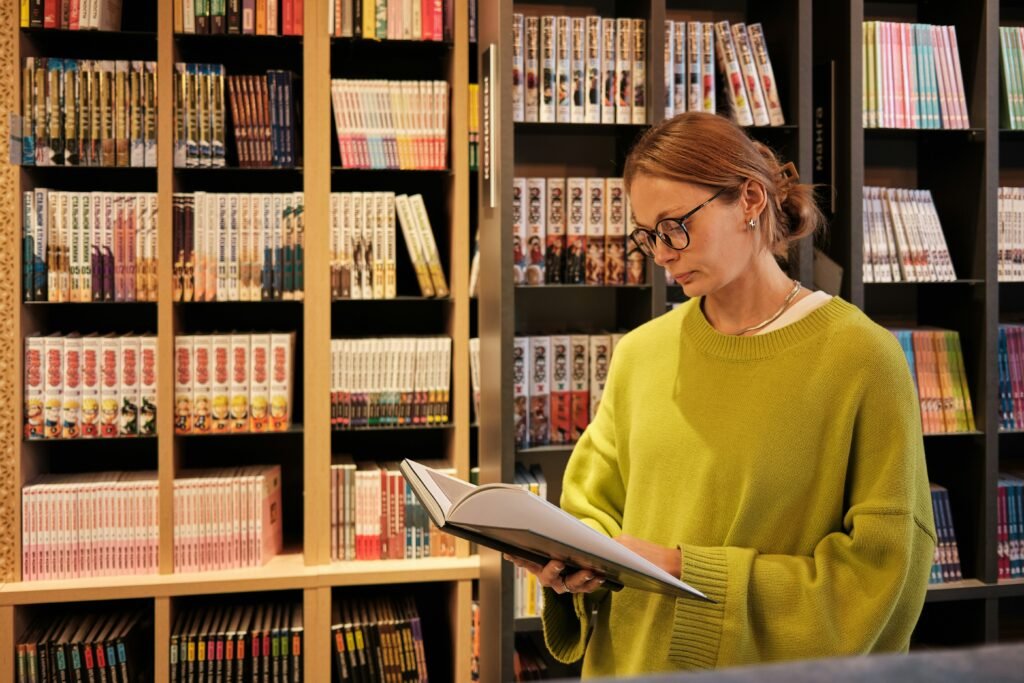
Strategy 1: Increase Your Baseline Reading Speed
The first step is to read faster — but not by rushing. Instead, you’ll train your brain and eyes to process information more efficiently.
1. Remove Your Internal Monologue
Most people “hear” the words in their head when reading. This subvocalization caps your speed to that of normal speech — about 200–250 words per minute. To double your speed, you need to see the words, not hear them.
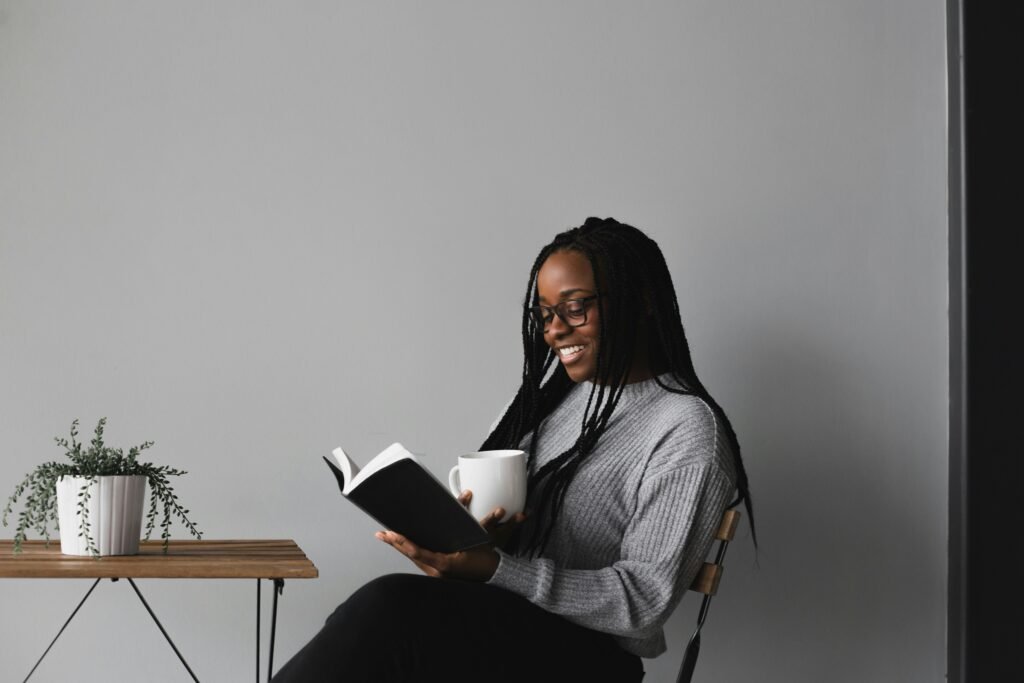
Think about a stop sign — you don’t sound out “STOP” in your head; you just recognize it instantly. You can train this with tools like Spreeder (free, not sponsored), which flashes text at higher speeds and groups words together. This forces your brain to process visually rather than subvocally.
With practice, this feels natural — the author of this method went from 250 wpm to over 500 wpm in just a short time.
2. Use a Visual Tracker
Your eyes aren’t naturally smooth when moving across text — small jerks and backtracking slow you down. Try this:
- Look at your screen and move your eyes from left to right. Notice the small jitters.
- Now put your finger or a pen in front of you and track it smoothly. Immediately, your motion is more consistent.
A tracker (your finger, a pen, or even a cursor) keeps your eyes moving forward, prevents regression, and lets you maintain speed. Over time, increase your tracking speed. This alone can add another 100+ words per minute to your pace.
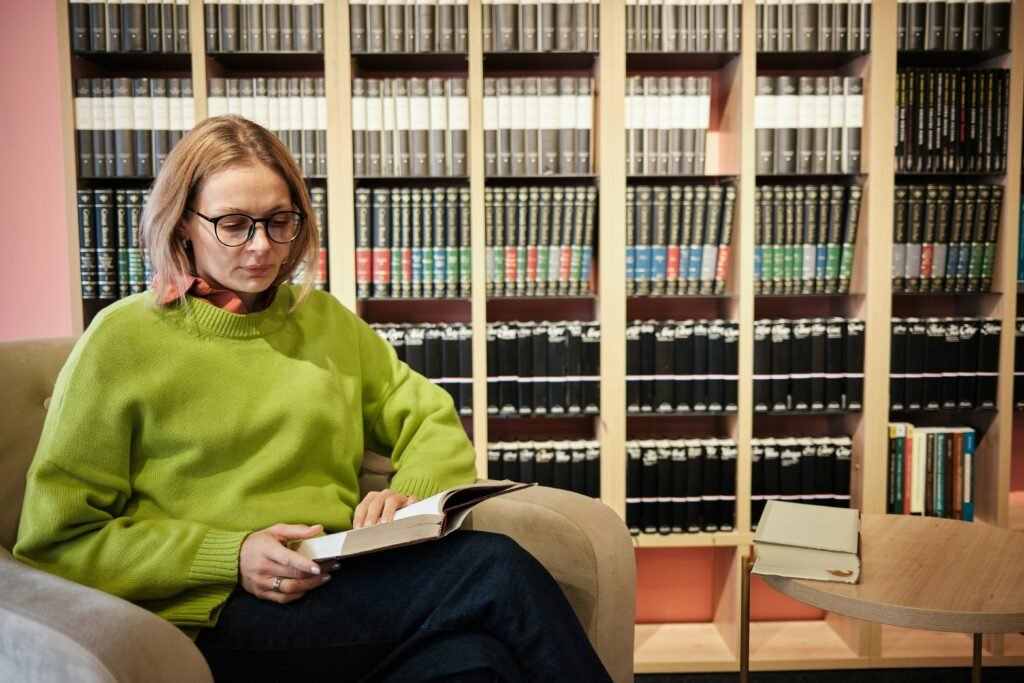
Strategy 2: Have a Reading Strategy
Speed means nothing if you waste time on unimportant details. The second step is knowing when to read fast and when to slow down — especially for non-fiction.
The 80/20 Rule
In most non-fiction books, 80% of the value comes from 20% of the content. The rest is often filler, examples, or repetition.
For example, in Atomic Habits, the core lessons are surrounded by stories and case studies. Using the Triforce Method:
- Read most sections quickly (internal monologue removed, visual tracker engaged).
- When you hit a “golden nugget” of advice, slow down, think about it, and absorb it.
The key here: adapt your speed based on content. Reading 700 wpm during a key concept will reduce comprehension — so drop to 500 wpm or less when it matters.
Avoid “highlighting every sentence” syndrome. Focus on what really moves the needle.
Strategy 3: Summarise and Consolidate
Reading faster and smarter means nothing if you immediately forget what you’ve read. The third pillar of the Triforce Method is about retention and application.
Summarising
After each page, summarise it in 1–2 sentences in your own words. Even “nothing important happened here” counts. This habit forces your brain to engage with the material and improves comprehension.
Consolidating
Especially for non-fiction, you must take action on what you read. Learning is about changing behavior, not just collecting ideas.
Example: After reading about habit tracking in Atomic Habits, actually start tracking your habits that day — don’t just file the advice away for “someday.” The author of this method even paused reading for 24 hours to implement changes before continuing.
If you don’t change anything after reading, you haven’t truly learned.

When to Use This Method
- Learning-focused reading: Non-fiction, textbooks, technical guides, exam prep — anytime speed, focus, and retention matter.
- Enjoyment reading: Fiction, poetry, or literature may not require all these techniques — unless you want to increase speed intentionally.
The Bottom Line
The Triforce Method combines:
- Speed – Removing subvocalization + using a visual tracker.
- Strategy – Applying the 80/20 rule and adapting your pace.
- Retention – Summarising and acting on what you read.
With consistent practice, you can double your reading speed, focus only on what matters, and actually remember and use the information.
If you’d like, I can also make a condensed, visually appealing infographic summarizing the three strategies in the Triforce Method so it’s easier to refer back to.
Do you want me to prepare that next?

 Business4 weeks ago
Business4 weeks agoDisney Loses $3.87 Billion as Subscription Cancellations Surge After Kimmel Suspension

 Entertainment4 weeks ago
Entertainment4 weeks agoWhat the Deletion Frenzy Reveals in the David and Celeste Tragedy

 Entertainment4 weeks ago
Entertainment4 weeks agoExecutive Producer Debut: How Celia Carver Created Festival Hit ‘Afterparty’

 Health4 weeks ago
Health4 weeks agoRussia Claims 100% Success With New mRNA Cancer Vaccine

 Business3 weeks ago
Business3 weeks agoWhy Are Influencers Getting $7K to Post About Israel?

 Health4 weeks ago
Health4 weeks agoWhy Did Gen Z QUIT Drinking Alcohol?

 Advice4 weeks ago
Advice4 weeks agoHow AI Is Forcing Everyone Into the Entrepreneur Game

 Entertainment3 weeks ago
Entertainment3 weeks agoKeith Urban and Nicole Kidman Split After 20 Years as Actress Files for Divorce








